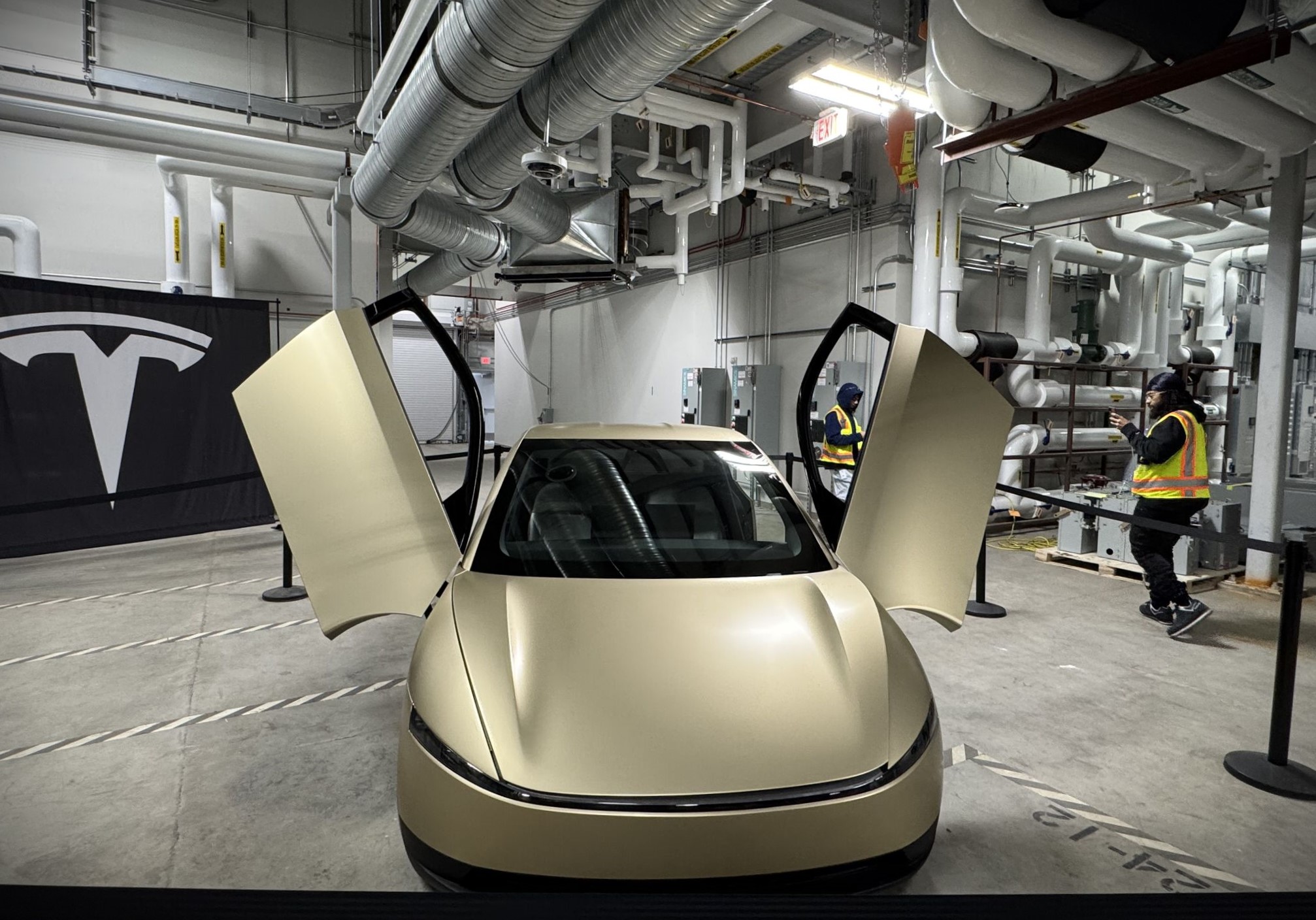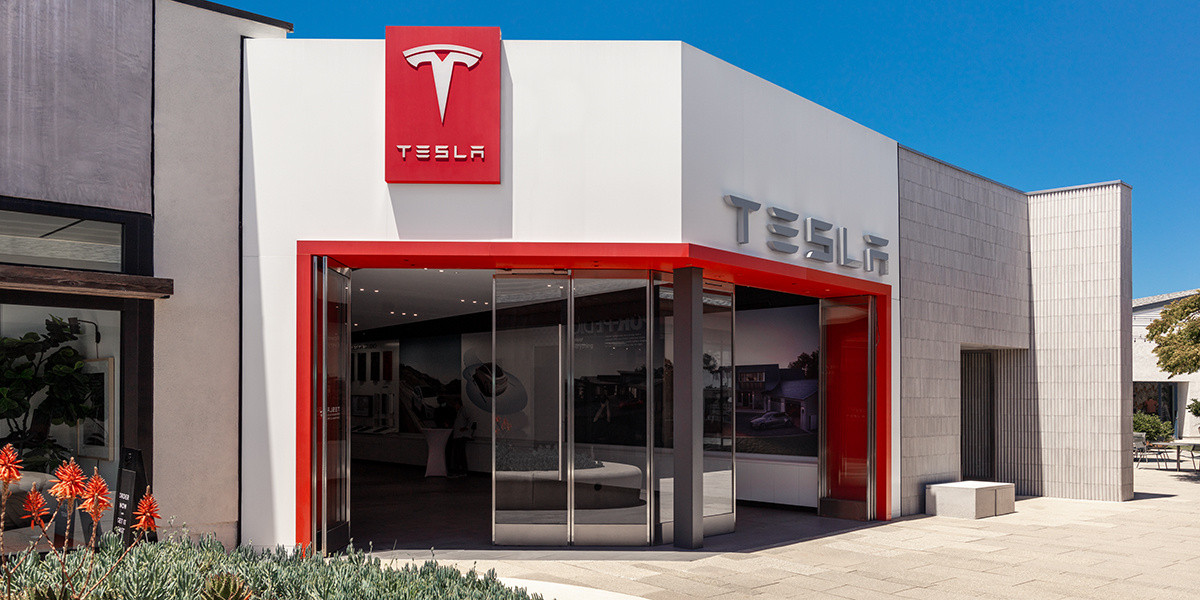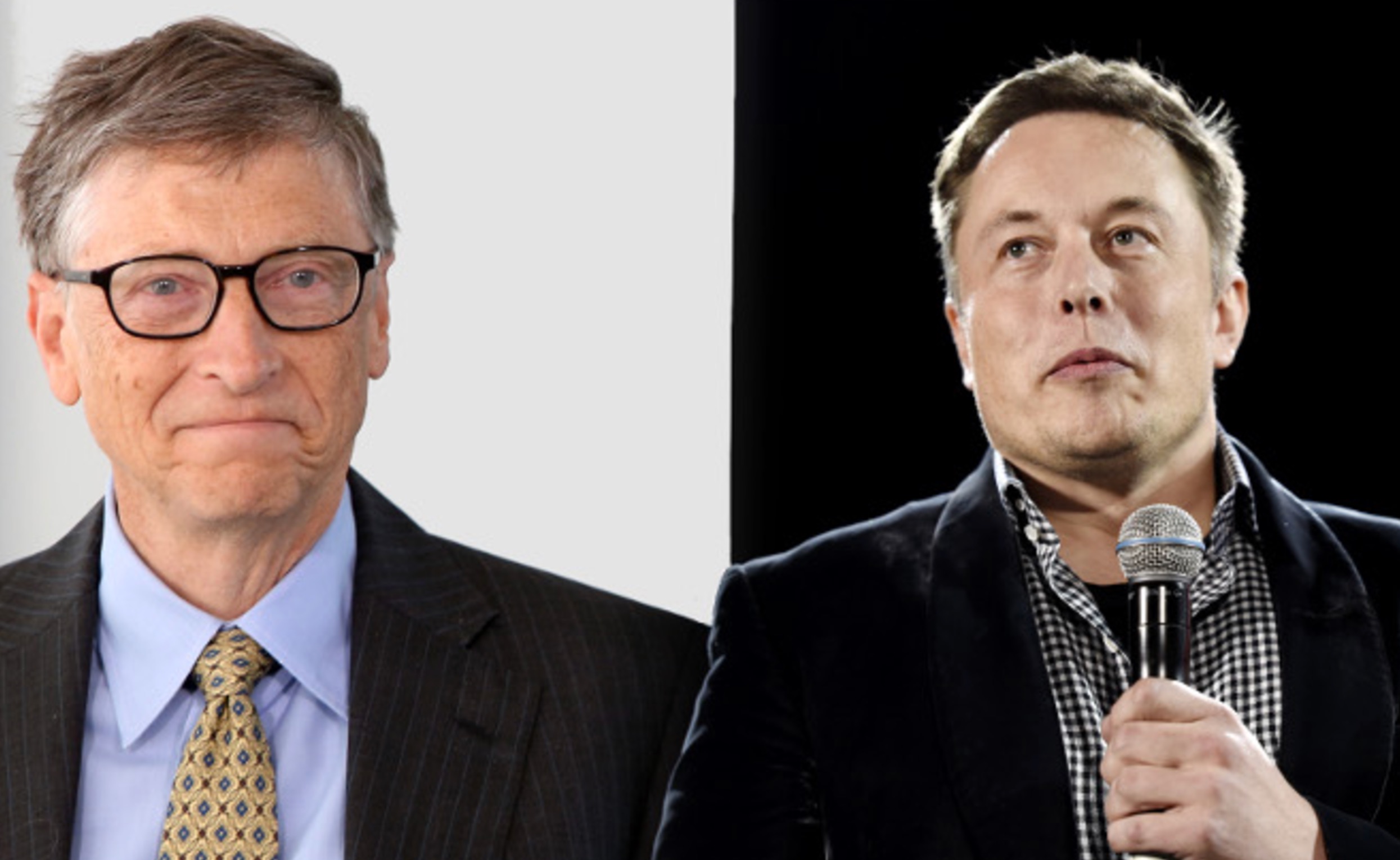News
Tesla to explore the limits of casting with Cybercab line
Tesla expects to produce 2 million units of the Cybercab per year.

Tesla tends to push the limit of automotive manufacturing processes. This was true for the Model Y and its front and rear megacasts, and it will likely also be true for the Cybercab, which is expected to start volume production sometime in 2026.
This was, at least, as per CEO Elon Musk during the company’s Q1 2025 All-Hands meeting.
Cybercab Potential
While the Model Y and Model 3 are already high-volume vehicles, Tesla expects to produce vastly more Cybercabs per year. During the Q3 2024 earnings call, the CEO explained that Tesla is aiming to produce at least 2 million Cybercabs annually.
At 2 million units per year, Musk noted that the Cybercab will be produced in more than one factory. In 2026, however, expectations are high that the Cybercab will be produced in Gigafactory Texas.
One Cybercab every 5 Seconds
Tesla has highlighted in its Q4 2024 Update letter that the Cybercab will be produced using the company’s revolutionary “unboxed” process, which is optimized for speed and efficiency. Musk highlighted this during the Q1 2025 All-Hands meeting, when he stated that the Cybercab’s lines don’t even look like a regular automotive production line.
“We do want to scale up production to new heights obviously with the Cybercab. Cybercab is not just revolutionary car design. It’s also a revolutionary manufacturing process. So I guess we probably don’t talk about that enough, but if you’ve seen the design of the Cybercab line, it doesn’t look like a normal car manufacturing line. It looks like a really high-speed consumer electronics line.
“In fact, the line will move so fast that that actually people can’t even get close to it. I think it’ll be able to produce a car ultimately in less than 5 seconds. Can you imagine a car coming off the line in less than 5 seconds? That’s like, ‘Whoa.’ Which means casting’s got to happen fast. I mean we got to jam the the liquid metal in and cool it down real fast,” Musk said.
The Limits of Casting
Hitting an insane target such as one Cybercab every 5 seconds would require Tesla to completely rethink vehicle production. During the All-Hands meeting, Musk noted that Tesla would probably require even larger casting machines that would be capable of producing multiple components at once. Overall, the CEO seemed excited about the idea, as he noted that it would be fun to see just how big casting machines could be.
“I guess maybe we need to just get even bigger casting machines? Sure why not, you know, I’m down. 50,000 tons. Cause then we could do like five at a time or something. I’m trying to think like how do you scale castings, because you got liquid metal, metal’s got to cool, and you’ve got to automate getting all the bits and pieces off the casting so it’s usable?
“And that’s actually kind of how they do it in small-volume castings. They have a casting block that’ll make, you know, 100 Matchbox cars at a time. Maybe we can just make that real big. I mean, we have the Cathedral of Castings back there. So yeah, let’s do that. I mean, let’s see what is the limit of physics of how big can a casting machine be. Let’s find out. I’m down. Let’s have some fun here, push the limits of technology,” Musk stated.

News
Tesla dispels reports of ‘sales suspension’ in California
“This was a “consumer protection” order about the use of the term “Autopilot” in a case where not one single customer came forward to say there’s a problem.
Sales in California will continue uninterrupted.”

Tesla has dispelled reports that it is facing a thirty-day sales suspension in California after the state’s Department of Motor Vehicles (DMV) issued a penalty to the company after a judge ruled it “misled consumers about its driver-assistance technology.”
On Tuesday, Bloomberg reported that the California DMV was planning to adopt the penalty but decided to put it on ice for ninety days, giving Tesla an opportunity to “come into compliance.”
Tesla enters interesting situation with Full Self-Driving in California
Tesla responded to the report on Tuesday evening, after it came out, stating that this was a “consumer protection” order that was brought up over its use of the term “Autopilot.”
The company said “not one single customer came forward to say there’s a problem,” yet a judge and the DMV determined it was, so they want to apply the penalty if Tesla doesn’t oblige.
However, Tesla said that its sales operations in California “will continue uninterrupted.”
It confirmed this in an X post on Tuesday night:
This was a “consumer protection” order about the use of the term “Autopilot” in a case where not one single customer came forward to say there’s a problem.
Sales in California will continue uninterrupted.
— Tesla North America (@tesla_na) December 17, 2025
The report and the decision by the DMV and Judge involved sparked outrage from the Tesla community, who stated that it should do its best to get out of California.
One X post said California “didn’t deserve” what Tesla had done for it in terms of employment, engineering, and innovation.
Tesla has used Autopilot and Full Self-Driving for years, but it did add the term “(Supervised)” to the end of the FSD suite earlier this year, potentially aiming to protect itself from instances like this one.
This is the first primary dispute over the terminology of Full Self-Driving, but it has undergone some scrutiny at the federal level, as some government officials have claimed the suite has “deceptive” naming. Previous Transportation Secretary Pete Buttigieg was vocally critical of the use of the name “Full Self-Driving,” as well as “Autopilot.”
News
New EV tax credit rule could impact many EV buyers
We confirmed with a Tesla Sales Advisor that any current orders that have the $7,500 tax credit applied to them must be completed by December 31, meaning delivery must take place by that date. However, it is unclear at this point whether someone could still claim the credit when filing their tax returns for 2025 as long as the order reflects an order date before September 30.

Tesla owners could be impacted by a new EV tax credit rule, which seems to be a new hoop to jump through for those who benefited from the “extension,” which allowed orderers to take delivery after the loss of the $7,500 discount.
After the Trump Administration initiated the phase-out of the $7,500 EV tax credit, many were happy to see the rules had been changed slightly, as deliveries could occur after the September 30 cutoff as long as orders were placed before the end of that month.
However, there appears to be a new threshold that EV buyers will have to go through, and it will impact their ability to get the credit, at least at the Point of Sale, for now.
Delivery must be completed by the end of the year, and buyers must take possession of the car by December 31, 2025, or they will lose the tax credit. The U.S. government will be closing the tax credit portal, which allows people to claim the credit at the Point of Sale.
🚨UPDATE: $7,500 Tax Credit Portal “Closes By End of Year”.
This is bad news for pending Tesla buyers (MYP) looking to lock in the $7,500 Tax Credit.
“it looks like the portal closes by end of the year so there be no way for us to guarantee the funds however, we will try our… pic.twitter.com/LnWiaXL30k
— DennisCW | wen my L (@DennisCW_) December 15, 2025
We confirmed with a Tesla Sales Advisor that any current orders that have the $7,500 tax credit applied to them must be completed by December 31, meaning delivery must take place by that date.
However, it is unclear at this point whether someone could still claim the credit when filing their tax returns for 2025 as long as the order reflects an order date before September 30.
If not, the order can still go through, but the buyer will not be able to claim the tax credit, meaning they will pay full price for the vehicle.
This puts some buyers in a strange limbo, especially if they placed an order for the Model Y Performance. Some deliveries have already taken place, and some are scheduled before the end of the month, but many others are not expecting deliveries until January.
Elon Musk
Elon Musk takes latest barb at Bill Gates over Tesla short position
Bill Gates placed a massive short bet against Tesla of ~1% of our total shares, which might have cost him over $10B by now

Elon Musk took his latest barb at former Microsoft CEO Bill Gates over his short position against the company, which the two have had some tensions over for a number of years.
Gates admitted to Musk several years ago through a text message that he still held a short position against his sustainable car and energy company. Ironically, Gates had contacted Musk to explore philanthropic opportunities.
Elon Musk explains Bill Gates beef: He ‘placed a massive bet on Tesla dying’
Musk said he could not take the request seriously, especially as Gates was hoping to make money on the downfall of the one company taking EVs seriously.
The Tesla frontman has continued to take shots at Gates over the years from time to time, but the latest comment came as Musk’s net worth swelled to over $600 billion. He became the first person ever to reach that threshold earlier this week, when Tesla shares increased due to Robotaxi testing without any occupants.
Musk refreshed everyone’s memory with the recent post, stating that if Gates still has his short position against Tesla, he would have lost over $10 billion by now:
Bill Gates placed a massive short bet against Tesla of ~1% of our total shares, which might have cost him over $10B by now
— Elon Musk (@elonmusk) December 17, 2025
Just a month ago, in mid-November, Musk issued his final warning to Gates over the short position, speculating whether the former Microsoft frontman had still held the bet against Tesla.
“If Gates hasn’t fully closed out the crazy short position he has held against Tesla for ~8 years, he had better do so soon,” Musk said. This came in response to The Gates Foundation dumping 65 percent of its Microsoft position.
Tesla CEO Elon Musk sends final warning to Bill Gates over short position
Musk’s involvement in the U.S. government also drew criticism from Gates, as he said that the reductions proposed by DOGE against U.S.A.I.D. were “stunning” and could cause “millions of additional deaths of kids.”
“Gates is a huge liar,” Musk responded.
It is not known whether Gates still holds his Tesla short position.








